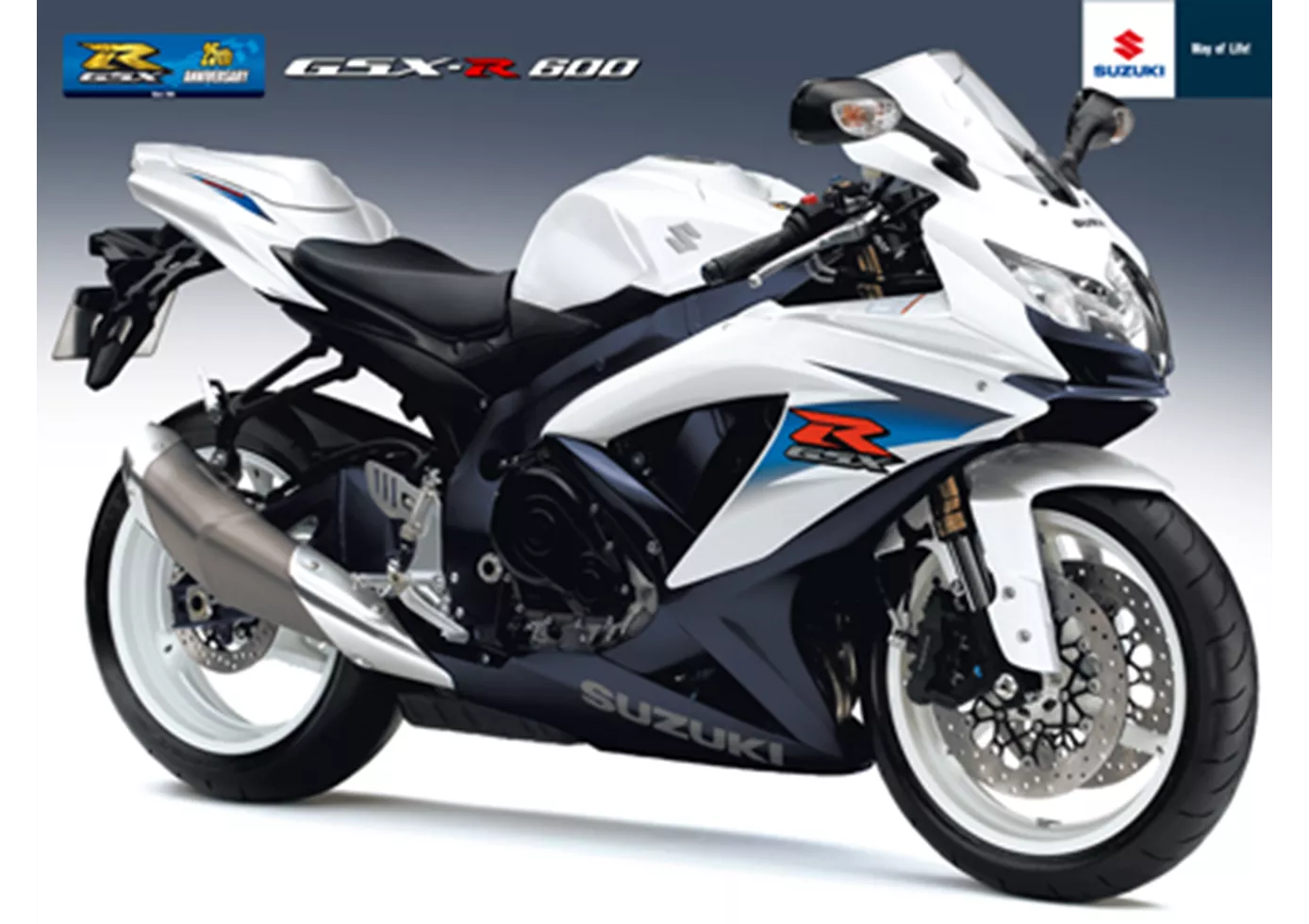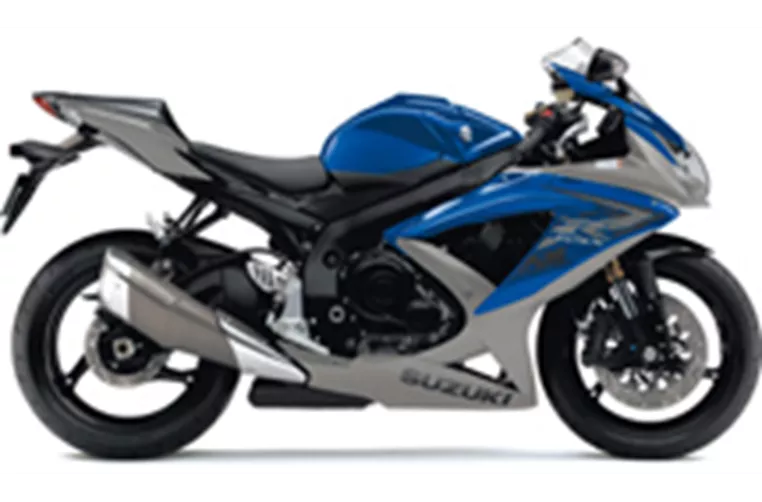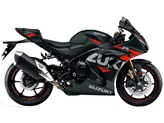Kawasaki Ninja ZX-6R 636 2013 vs. Suzuki GSX-R 600 2010

Kawasaki Ninja ZX-6R 636 2013

Suzuki GSX-R 600 2010
Overview - Kawasaki Ninja ZX-6R 636 2013 vs Suzuki GSX-R 600 2010
The Kawasaki Ninja ZX-6R 636 2013 and the Suzuki GSX-R 600 2010 are both supersport motorcycles that offer impressive performance and features. However, there are some notable differences between the two models.
In terms of engine specifications, both bikes have an inline four-cylinder engine with a bore of 67mm. However, the Kawasaki Ninja ZX-6R 636 has a slightly larger stroke of 45.1mm compared to the Suzuki GSX-R 600's stroke of 42.5mm. This results in the Kawasaki Ninja ZX-6R 636 having a higher engine power of 131 HP compared to the Suzuki GSX-R 600's 125 HP. The Kawasaki Ninja ZX-6R 636 also has a higher torque of 71 Nm compared to the Suzuki GSX-R 600's 68.6 Nm. Both bikes have a compression ratio of around 12.8-12.9 and a displacement of 636ccm and 599ccm respectively.
In terms of suspension, both bikes offer adjustable compression, preload, and rebound settings for both the front and rear suspension. This allows riders to fine-tune the suspension to their liking and optimize the bike's handling.

Kawasaki Ninja ZX-6R 636 2013
Both bikes feature an aluminum frame, although the Kawasaki Ninja ZX-6R 636 has a twin-tube, perimeter, extruded frame type while the Suzuki GSX-R 600 has a twin-spar frame type. The choice of frame type can affect the bike's handling characteristics and overall rigidity.
Both bikes also feature double disk brakes at the front, providing precise braking performance. The front and rear tire dimensions are the same for both bikes, with a width of 120mm at the front and 180mm at the rear, and a diameter of 17 inches.
In terms of dimensions and weights, the Suzuki GSX-R 600 has a slightly longer wheelbase of 1400mm compared to the Kawasaki Ninja ZX-6R 636's 1395mm. The seat height of the Suzuki GSX-R 600 is also slightly lower at 810mm compared to the Kawasaki Ninja ZX-6R 636's 830mm. Both bikes have a fuel tank capacity of 17 liters.

Suzuki GSX-R 600 2010
When it comes to strengths, the Kawasaki Ninja ZX-6R 636 2013 offers sharpened geometry, a comfortable seating position, good handling, and uncompromising reliability. On the other hand, the Suzuki GSX-R 600 2010 has a relatively low overall weight, easy handling, a good-sounding power unit, a precise braking system, and a quiet, stable chassis.
In terms of weaknesses, the Kawasaki Ninja ZX-6R 636 2013 has a high purchase price, which may be a deterrent for some buyers. The Suzuki GSX-R 600 2010, on the other hand, is said to be somewhat suboptimal in the high rev range and has an inappropriate design.
Overall, both the Kawasaki Ninja ZX-6R 636 2013 and the Suzuki GSX-R 600 2010 are impressive supersport motorcycles with their own strengths and weaknesses. The choice between the two would depend on the rider's preferences, budget, and specific requirements.
Technical Specifications Kawasaki Ninja ZX-6R 636 2013 compared to Suzuki GSX-R 600 2010
Pros and Cons in comparison
Pros and Cons in comparison
Kawasaki Ninja ZX-6R 636 2013

The Kawa convinces with its good handling and uncompromising reliability. A strong motorbike, but definitely not a bargain.
Suzuki GSX-R 600 2010

The new bike is definitely not just a model update, but a noticeably better overall concept, even for hobby riders, which is more enjoyable than any previous 600.
Price Comparison Avarage Market Price Kawasaki Ninja ZX-6R 636 vs Suzuki GSX-R 600
There are a few key differences between a Kawasaki Ninja ZX-6R 636 2013 and a Suzuki GSX-R 600 2010. It takes less time to sell a Suzuki GSX-R 600 with 54 days compared to 122 days for the Kawasaki Ninja ZX-6R 636. Since model year 2013 1000PS.de editors have written 7 reviews for the Kawasaki Ninja ZX-6R 636 and 31 reviews for the Suzuki GSX-R 600 since model year 2005. The first review for the Kawasaki Ninja ZX-6R 636 was published on 03/12/2012 and now has more than 20,800 views. This compares to more than 2,900 views for the first review on Suzuki GSX-R 600 published on 21/11/2002.
























